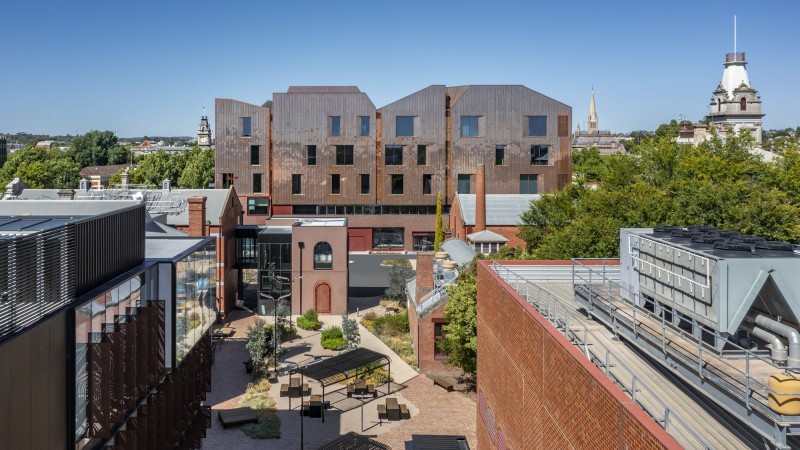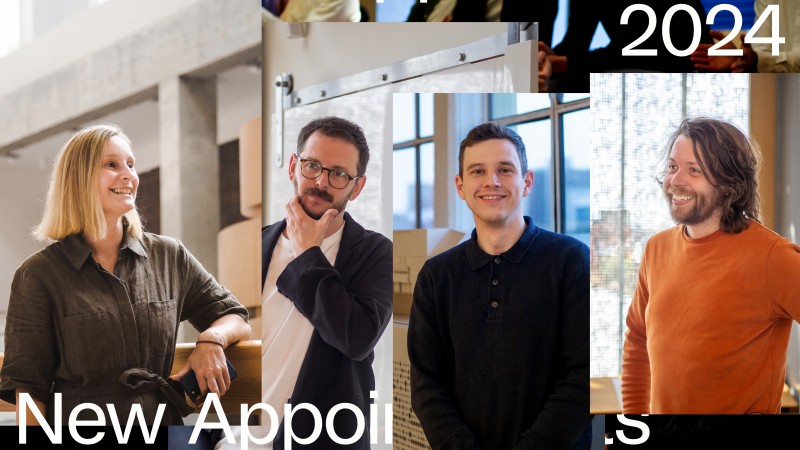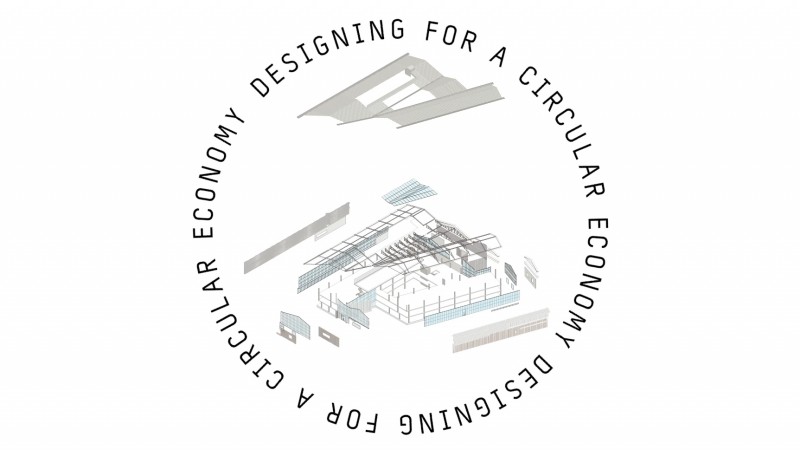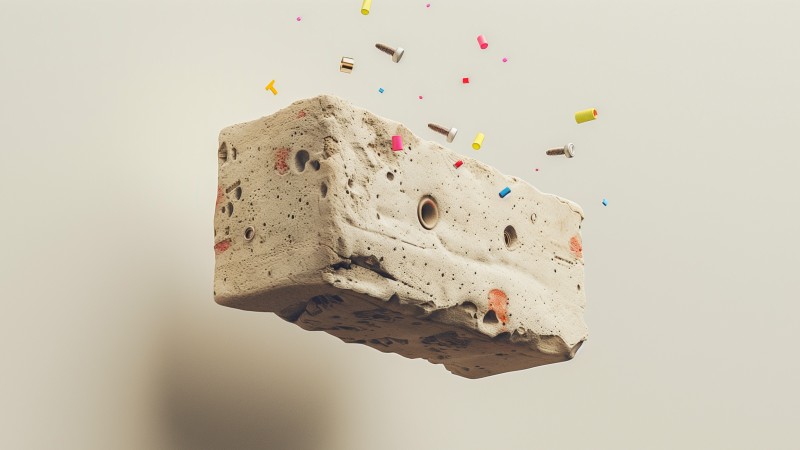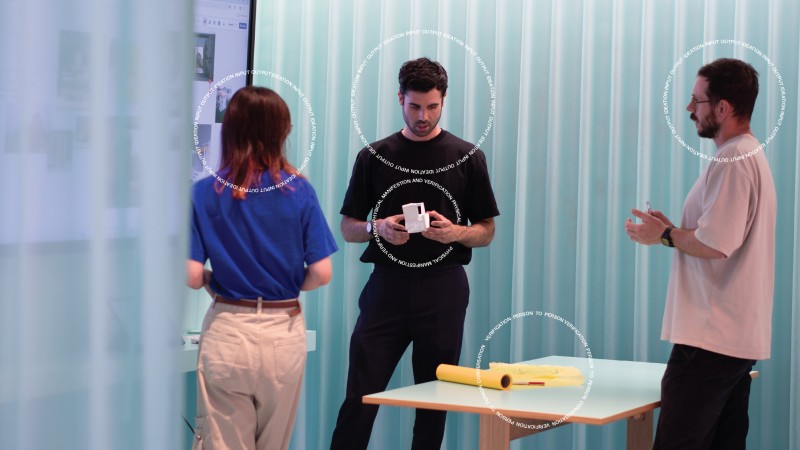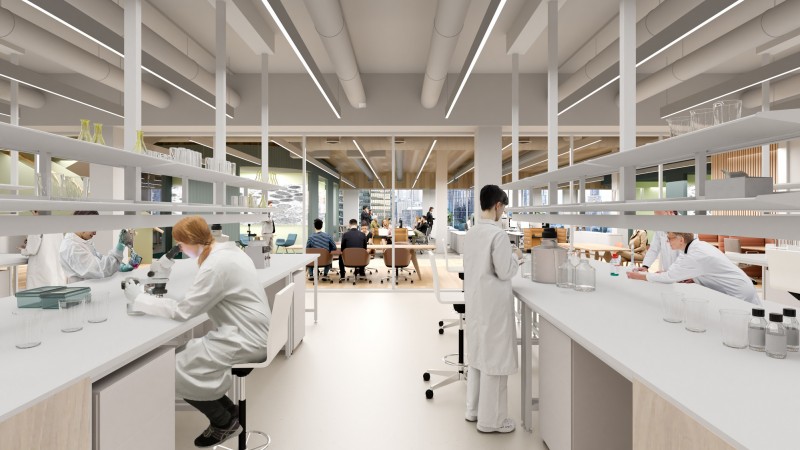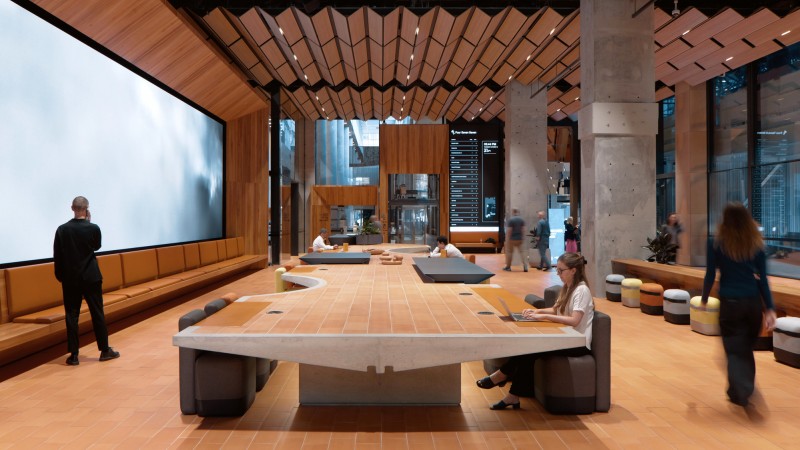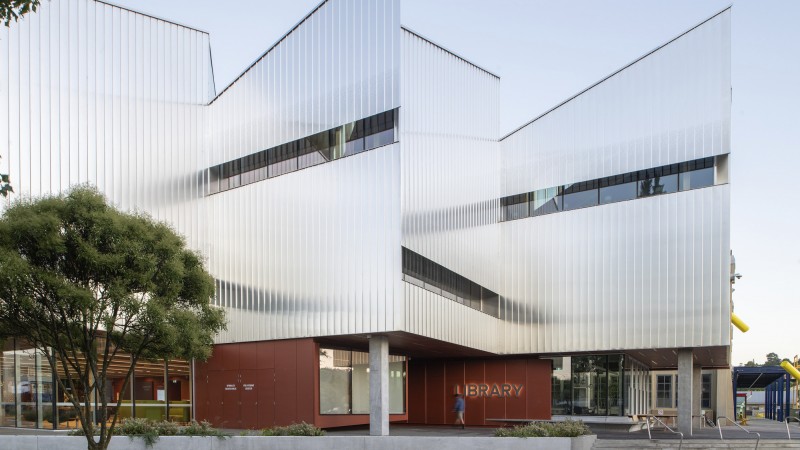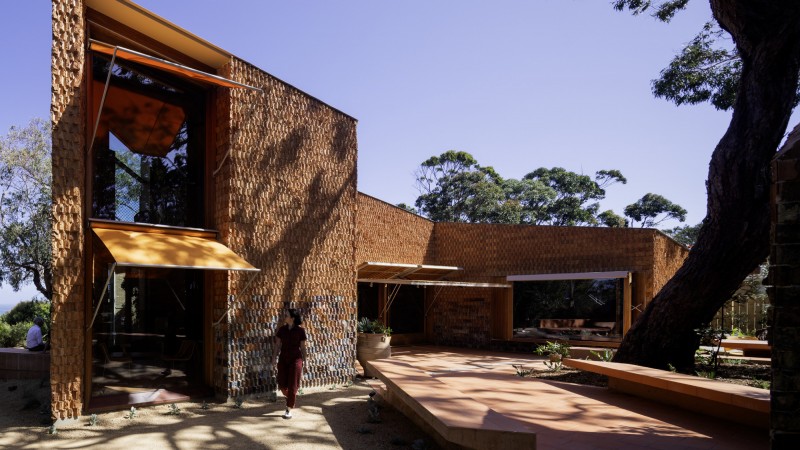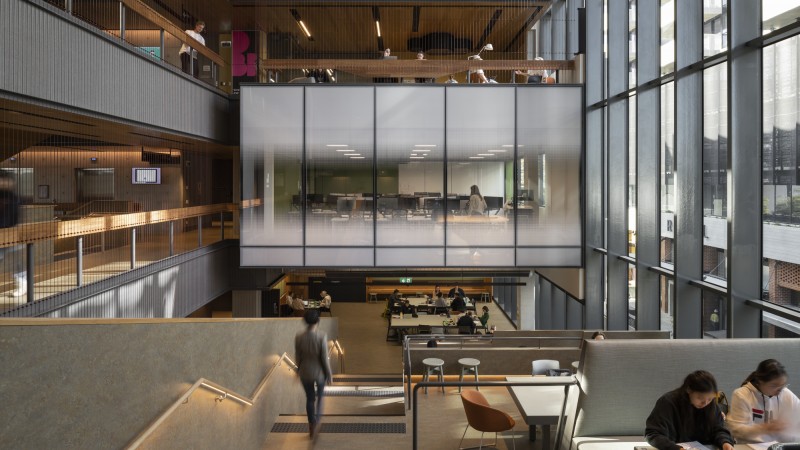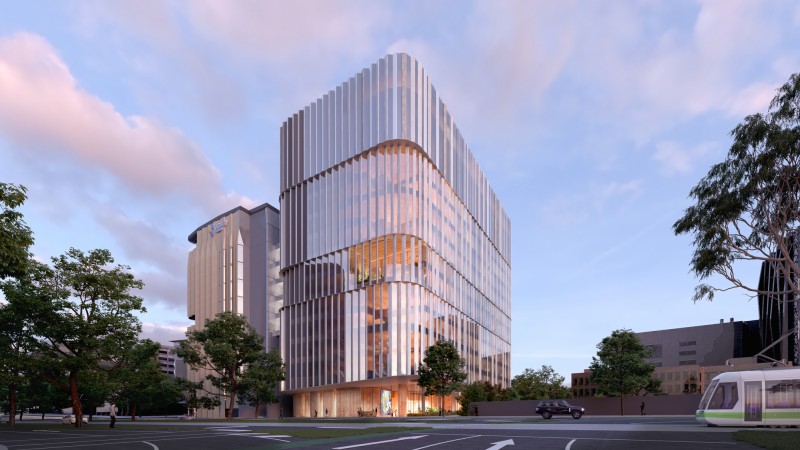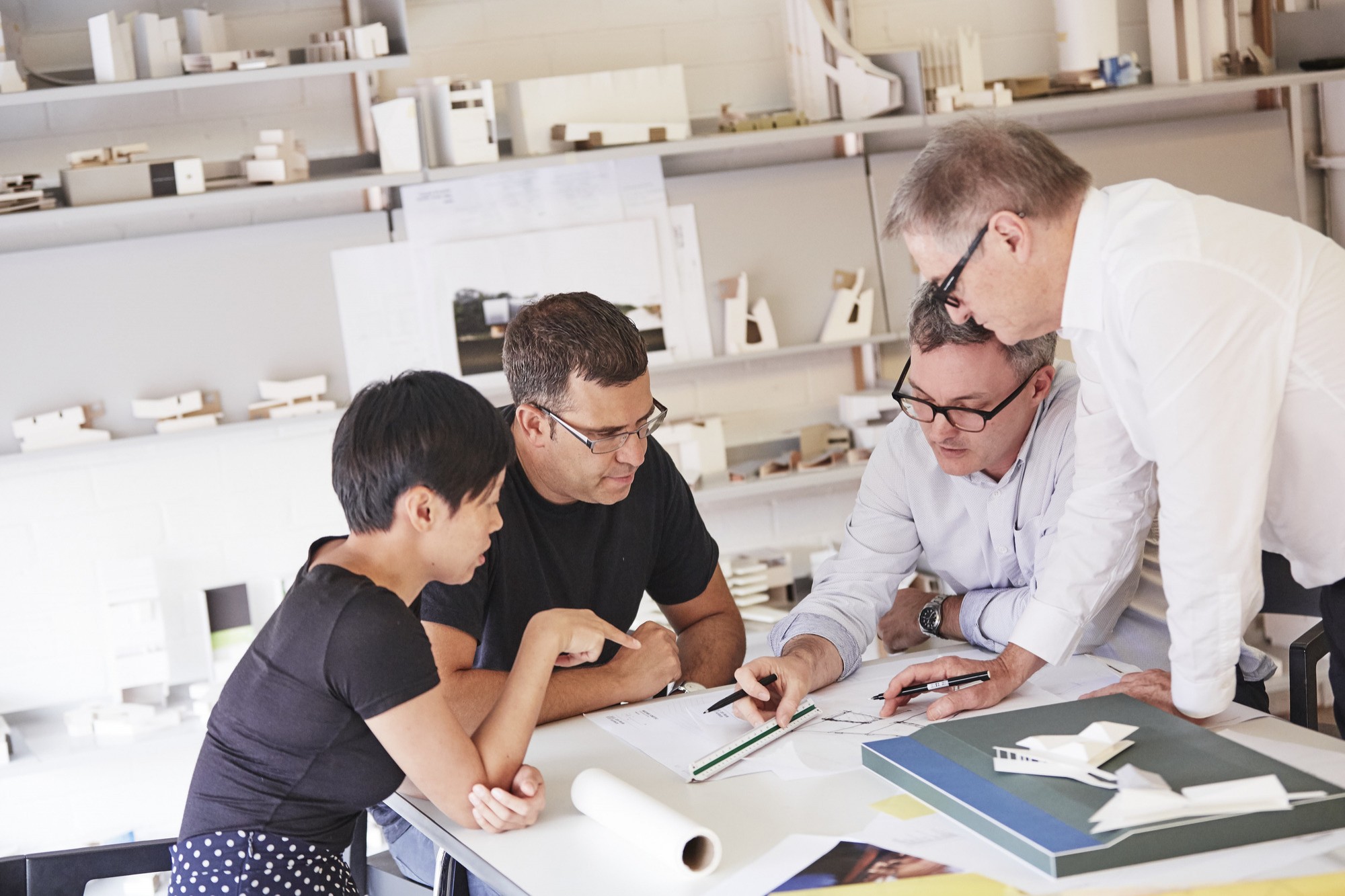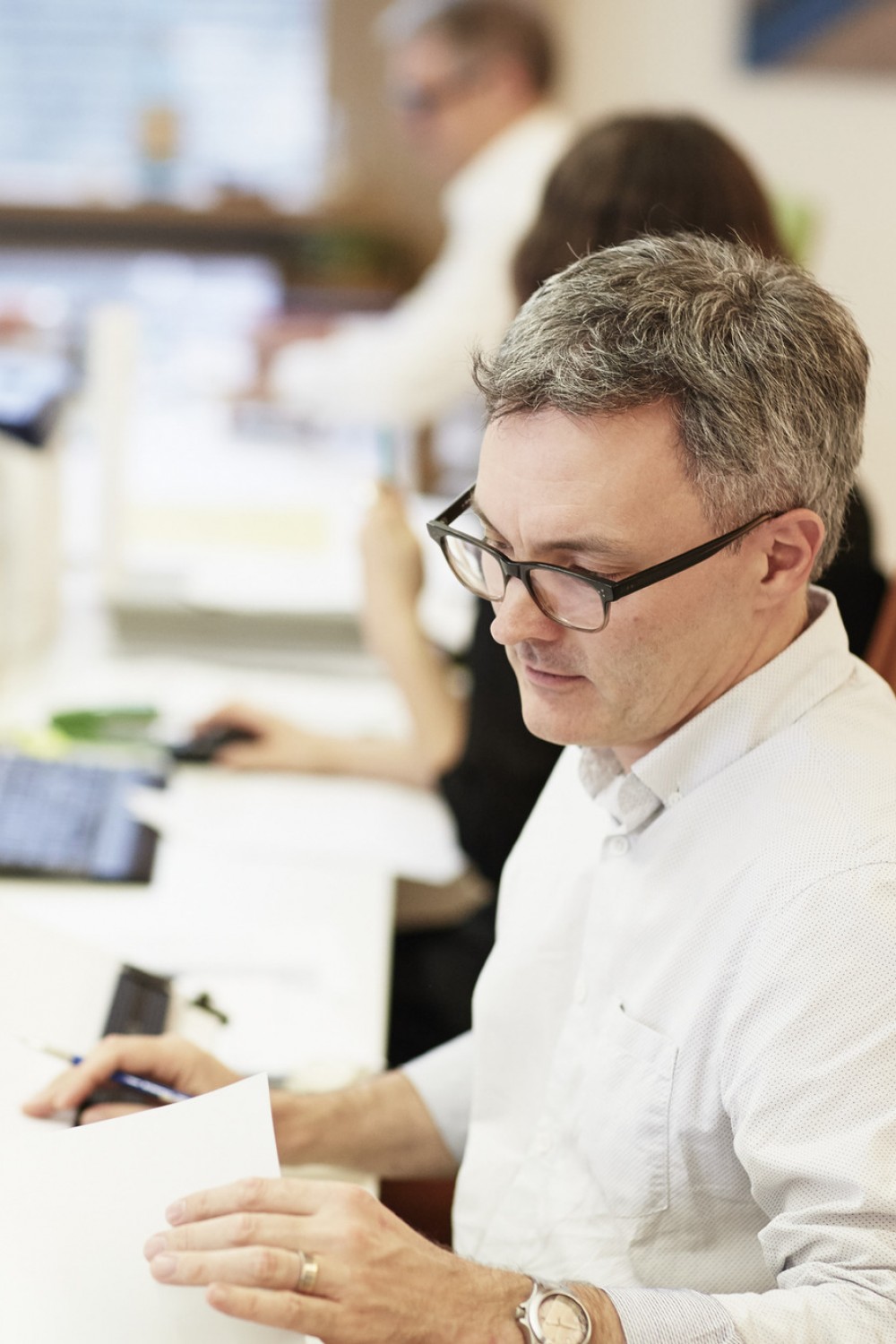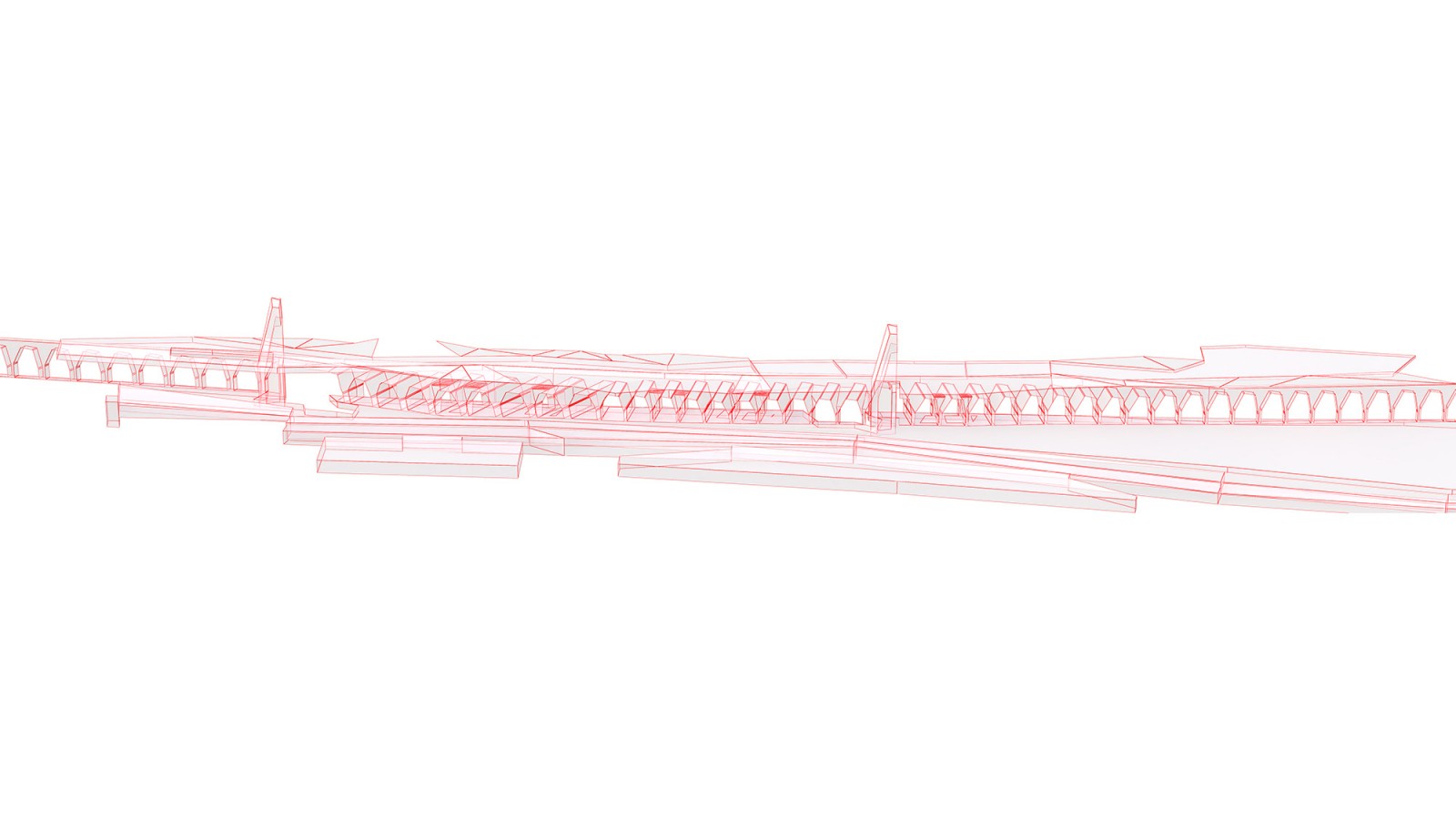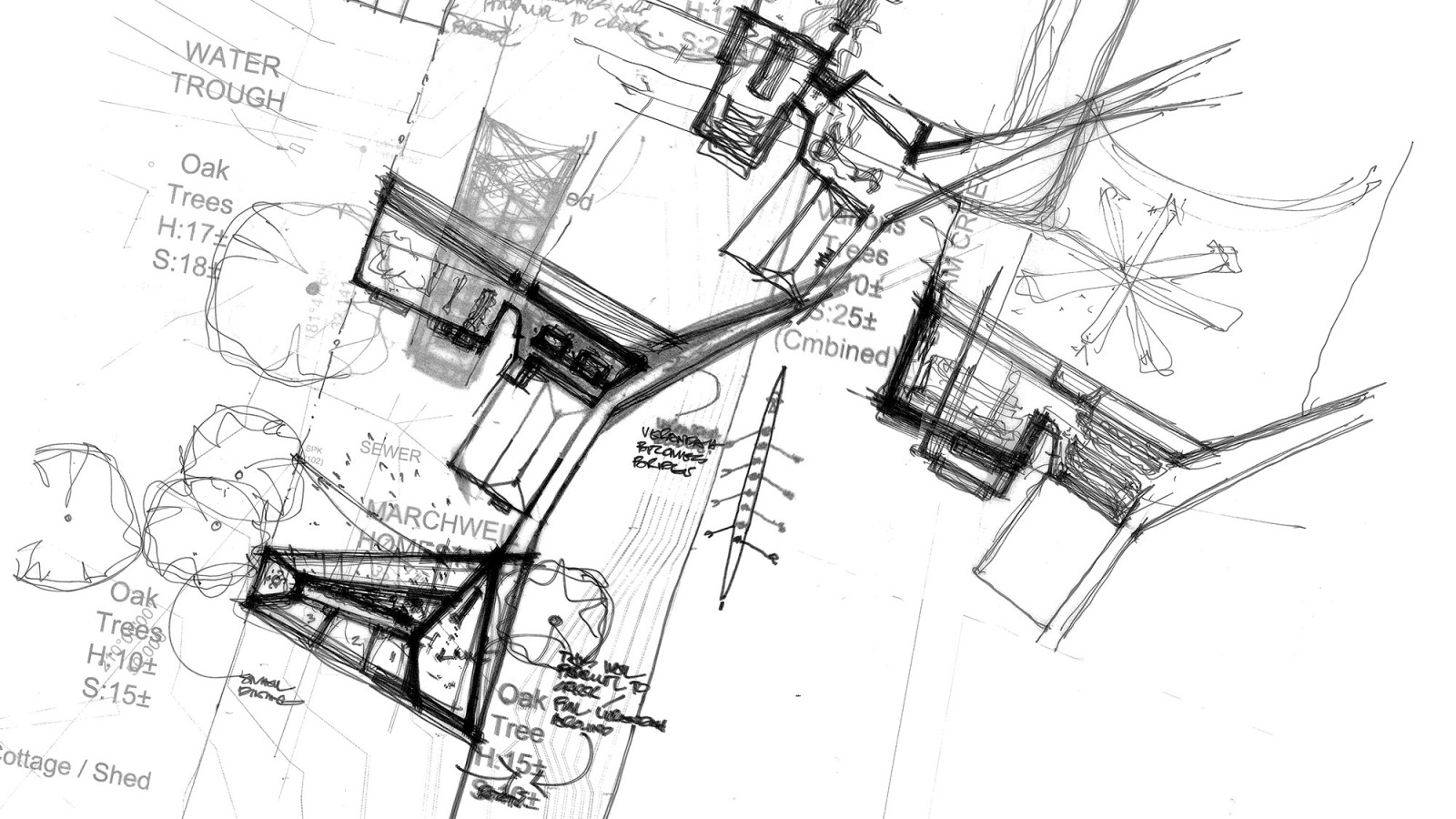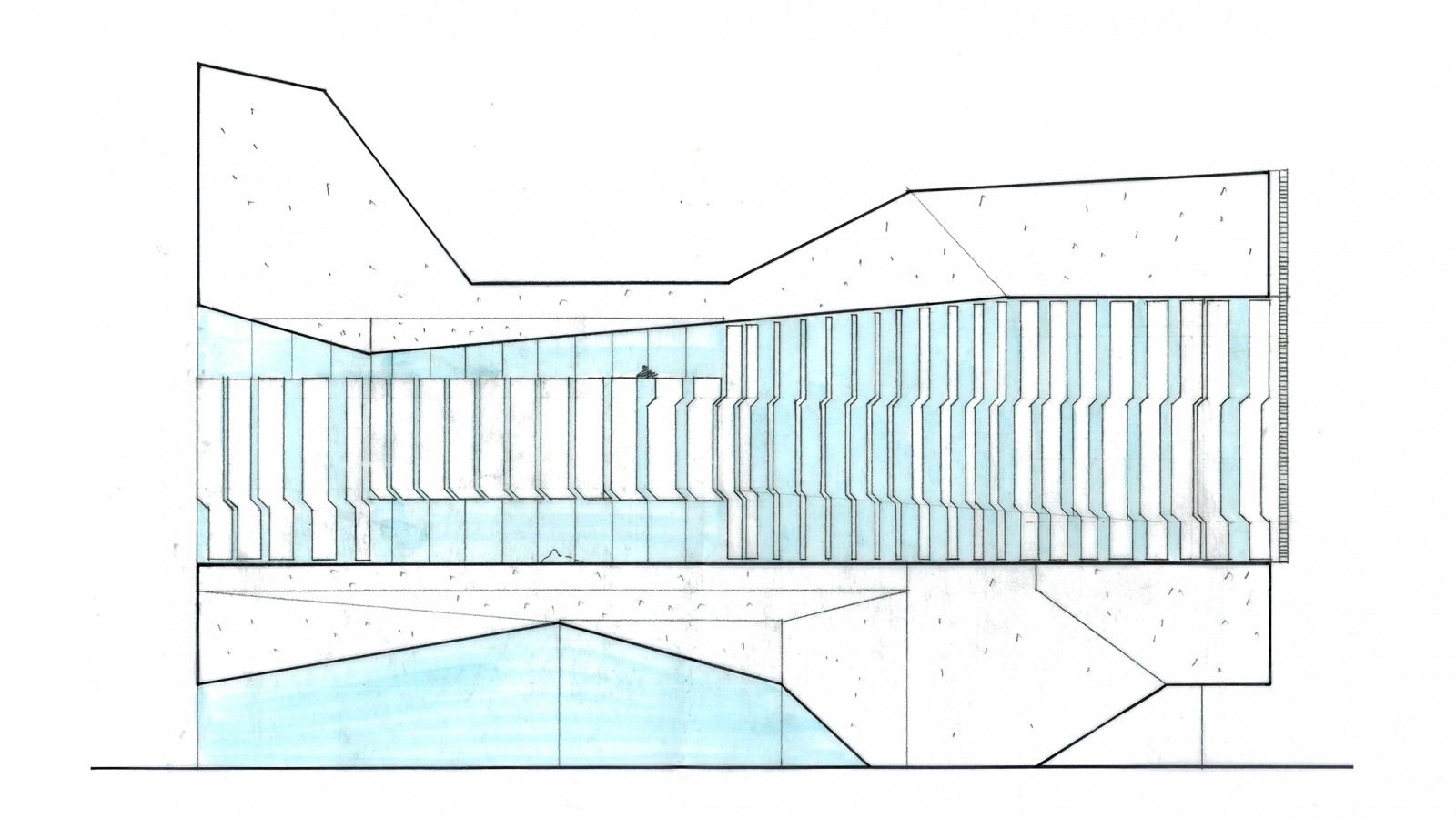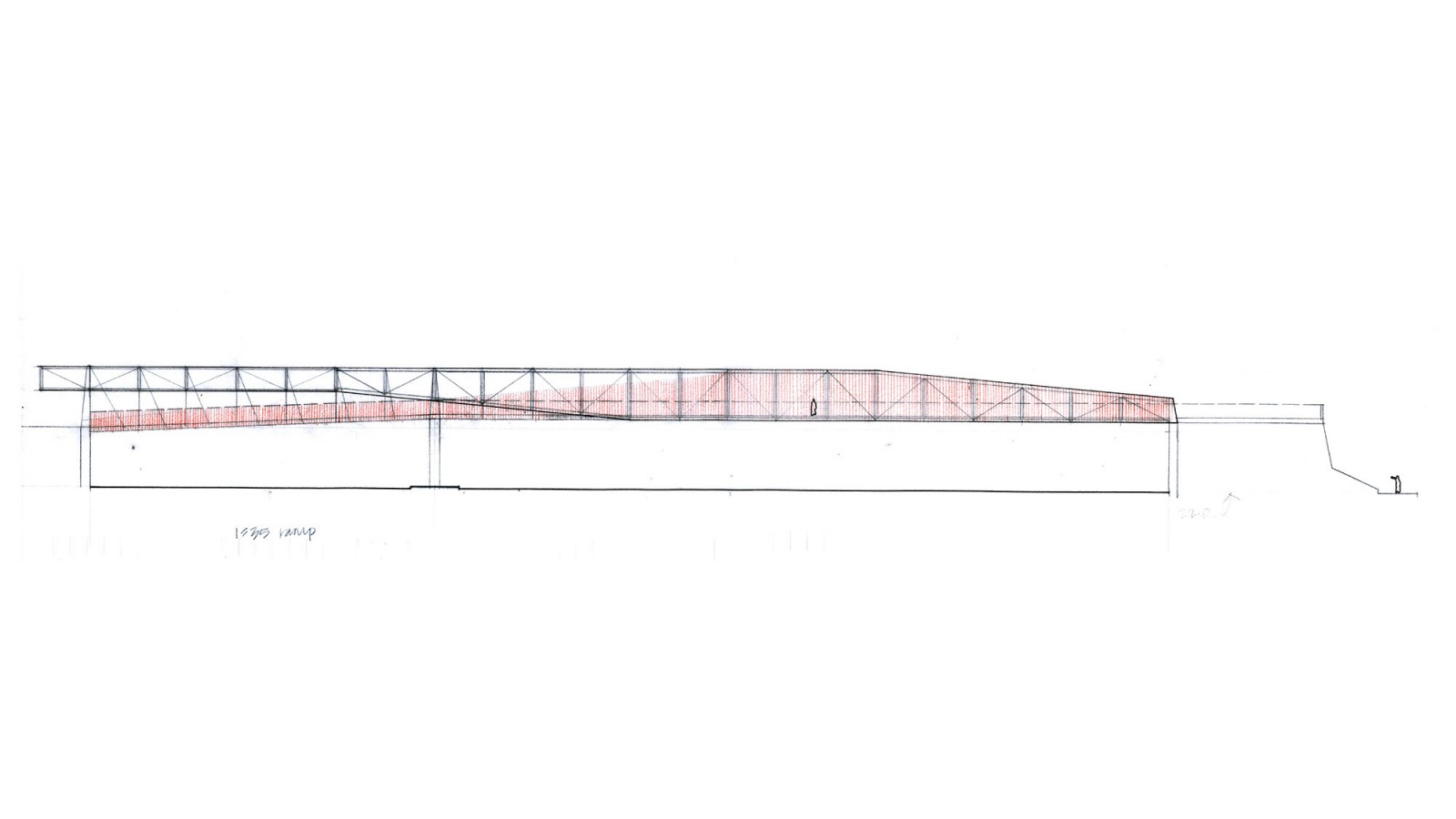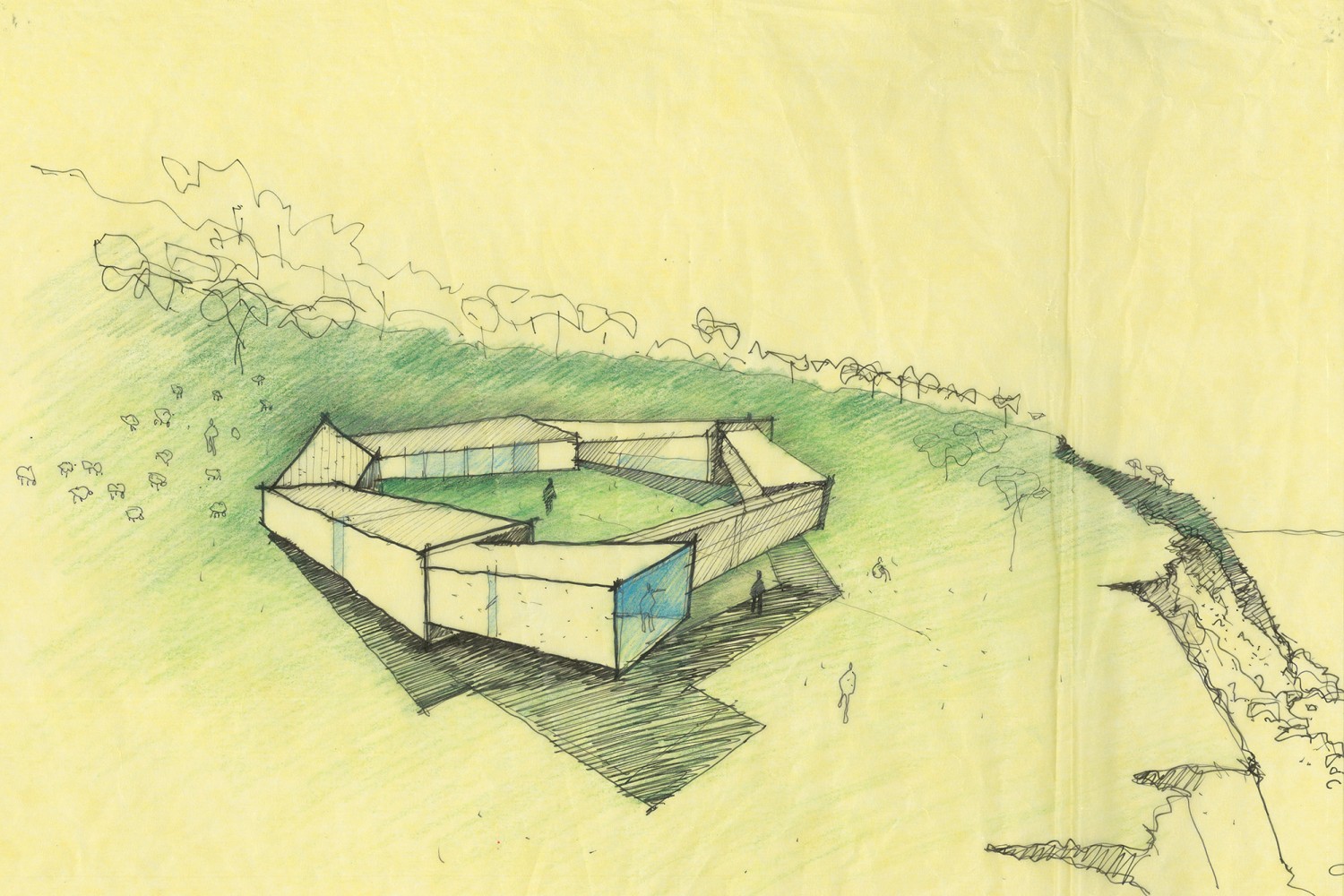Thick pen sketches, thin pencil lines, digital vectors, scripted, unscripted, two-dimensional, three-dimensional, perspectival, conversational; layered over time, loosely delineated, intuitively personal, parti sketches, rough ideograms, precise details, imprecise procrastinations, contract drawings, to scale, not to scale, realistic representations, unrealistic abstractions; on tracing paper, computer screens, notebook page, cardboard models, half-built plasterboard walls; at the office, in the back seat of a taxi, on the dining table, and in a site shed.
The desire to draw can sometimes spill outside conventional time frames. John is known to sketch a final piece of joinery, sometimes still being built as our client receives the keys to the front door, its installation making sense of the space. This is a new drawing in response to the spatial reality rather than the abstract space described by the old drawings of the building, now irrelevant.
In many ways, the overlapping efforts of an entire practice can be mapped by the drawings and models that are produced by the many and varied individuals involved in a project. Rather than fetishising the artefact, this captures the cumulative efforts required to realise the project. Often sketches are not kept beyond the life of a conversation, or they are quickly superseded once they have made their contribution. There are times when we might look back and realise the importance of a particular sketch, but never be able to find the original. The drawings all have different intents specific to their moment – to open up a conversation, to record a decision, to reveal organisation, to find desire lines, and to be instructive – and together they record the interactions of a team over time.
Stefan Mee
Originally published in This Building Likes Me
